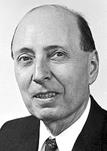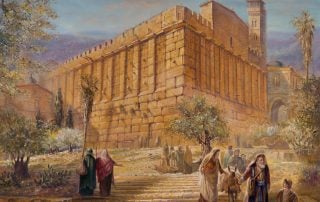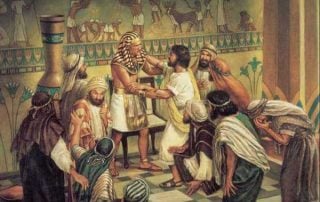Wigner’s Friend Receives a Death Threat
It is related that on the day that Rabbi Yehuda HaNasi died, the Sages decreed a fast, and begged for divine mercy so that he would not die. And they said: Anyone who says that Rabbi Yehuda HaNasi has died will be stabbed with a sword. (Talmud, tr. Ketubot 104a) We find an interesting example of the Wigner’s Friend paradox in the Gemara quoted above. The Gemara discusses the circumstances surrounding the death of Rabbi Yehuda HaNasi (Juda the Prince, knows simply as the Rebbi), one of the greatest sages of Israel, who compiled Oral Torah in the Mishnah. Why did the Sages issued a death threat to “anyone who says that Rabbi has died” promising that he “will be stabbed with a sword”? The medieval Talmudist Rabbi Bezalel Ashkenazi (1520-1592), in [...]



